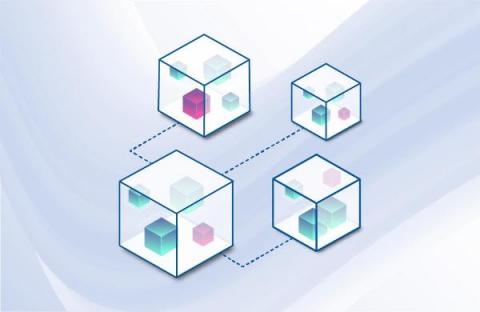What Can Happen If You Don't Address Software Supply Chain Security Issues?
By now we know that software supply chain security issues are plentiful. And perhaps you’ve (wisely) decided that it’s a good idea to secure your software supply chain…you just haven’t gotten around to dealing with it yet, given other organizational priorities. The more software you use, the more important it becomes to secure it. Software supply chain attacks are increasing, and there are major implications if you don’t.











